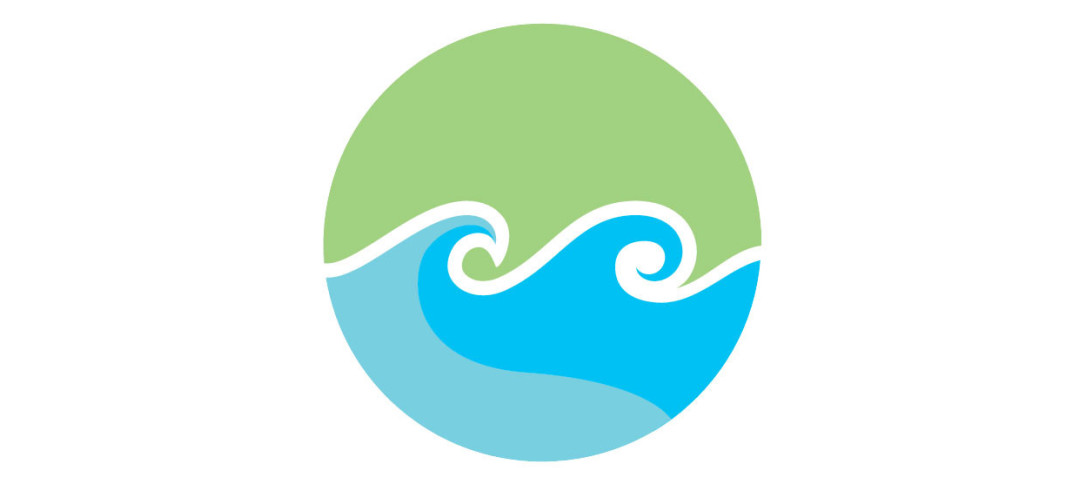
Abstract: Coastal areas can be subject to a high degree of coastal change, with long and short-term morphological developments. To properly understand these processes frequent surveying is required, which can be time and resource intensive or too infrequent and limited to understand short-term effects. Remote sensing using satellites can bridge this divide, with nearly daily images of the entire globe, it is possible to track how the shoreline evolves autonomously. Using the shoreline method, a topographic survey can be carried out by comparing the satellite derived shorelines to the reference water level when each image was taken. This requires an accurate detection of the shoreline from the satellite image.
Here it is proposed a probabilistic method to classify images into constituting classes that can be used to segment the pixels into land or sea. This information can then be used to find the statistically optimum position of the shoreline before a sub-pixel resolution method is used to derive the final shoreline position.
The position of these shorelines when used in conjunction to the local hydrodynamic conditions and local topographic surveys can then allow an understanding of how the variability in wave run-up can affect the final shoreline position. Lastly this information can then be used to better improve satellite surveying by incorporating this variability within the predicted topography.


